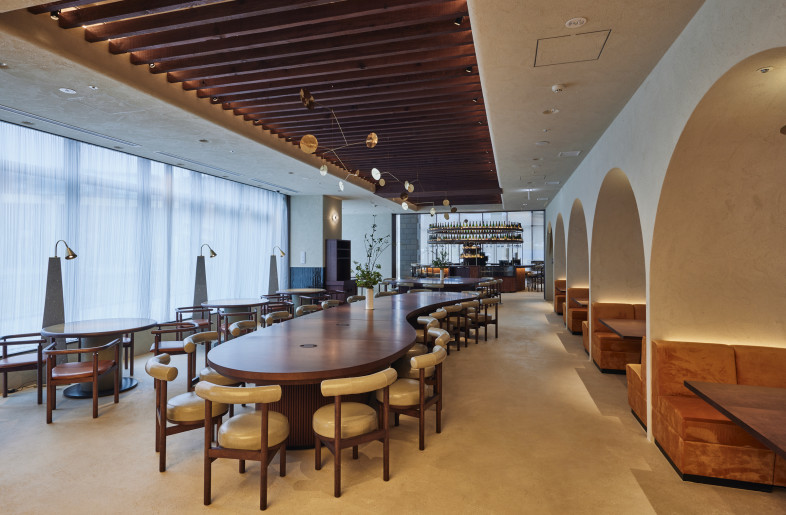The Orchid Pavilion, designed for Casa Wabi, is located on the outskirts of Puerto Escondido, between the sea and the mountains. It is a wooden structure, permanent, sustainable, and lightweight, dedicated to the conservation of orchids in the Oaxaca region, which highlights the strong relationship between the biological and cultural diversity of the landscape.
As we approached the design, our research pointed toward some clear technical features, components, and facts. It became evident that in order to grow, reproduce, and collect orchids, we needed to create the right environment for them to thrive: humid, partially shaded, and well-ventilated.
And the relationship between the Japanese philosophy of Wabi-Sabi, which believes that beauty and harmony are found in simplicity, imperfection, and unconventionality, and the rich and complex traditions of the Oaxacan coast—its vernacular, locally sourced materials, and the high quality of the artisanal works of the local craftsmen—were to be at the center of our proposal. Then, unexpectedly, we thought of the Japanese word Ikigai.
Ikigai (生き甲斐, ‘a reason for being‘) could be roughly translated as the happiness of being busy. The term combines two Japanese words: iki (生き, meaning ‘life or alive’) and kai (甲斐, meaning ‘an effect, result, fruit, or worth’), resulting in ‘a reason for being alive’.
When somebody finds their purpose, their calling, they are more likely to lead a long, healthy life. However, it’s easy to get lost in the stress and noise of our daily routine, so we need to make space, we need to chill out, in this case, with the orchids.
When you enter the pavilion, you breathe in the humidity, hear the gentle drops falling, feel the crossing winds, and hopefully, you will be able to remember who you are, what your reason for being is. What is your Ikigai.
Our pavilion focuses on three main elements:
Firstly, the pavilion is a simple and austere machine. Twelve concrete-based humidifiers utilize gravity to create a humid environment within the structure that houses orchids from the Oaxacan coast.
Secondly, the pavilion employs simple construction materials and techniques, including locally sourced wood and custom-made concrete ceramic pieces baked in high-temperature kilns.
And thirdly, the pavilion serves as a sanctuary for the orchids while also aiming to evoke a profound sense of Ikigai in its visitors.
The main element that allows orchids to thrive is a humid environment. The intricate roots, branches, and leaflets gather water from the air, soil, and all surfaces. A series of pyramid-shaped, water-filled concrete basins rests at the top of a simple wooden structure. The basins slowly filter tiny droplets of water that fall to the ground, allowing for drip irrigation. The water is collected by concrete-based trays that remain permanently humid. The breeze and heat enable the orchids to drink water directly from the environment, eliminating the need for manual watering of the specimens.
Orchid Pavilion
CCA Centro de Colaboración Arquitectónica | Bernardo Quinzaños
Gold
Gold

1 / 18

Maja Bernvill
Creative Director
at Specific Generic
The beautiful and mindful orchestra...
7
9
8
8
8

Sanchit Arora
Principal Architect
at Renesa Studio
6
6
6
6
6

Tugba Okcuoglu
Creative Concept and Customer Experience Developer
at Ingka Centers
a true modern mansion in the desert...
6.05
7.16
7.82
7.82
7.21

Jan Clostermann
Founder and Director
at CLOU Architects
6.5
8.5
7
7.5
7.38

Jorge Mendez Caceres
Creative Director
at BDG Architecture & Design
One Word: WOWZA!...
7.81
8.06
8.22
8.14
8.06

Adi Utama
Global Office Development
at JetBrains
5
5
5
5
5

Justine Fox
Founder and Colour Specialist
at Studio Justine Fox
7.25
7.36
6.56
7.53
7.18

Bin Ju
Founder and Chief Design Director
at Horizontal Design
5.7
5.86
5.78
6.26
5.9

Constance Guisset
Founder
at Constance Guisset Studio
9
8
7
9
8.25

Marie Hesseldahl
Partner and Head of Interior and Product Design
at 3xn
8
8
8
8
8

Marie-Andree Busque
Director Interior Architecture
at Sid Lee Architecture
7.5
8
8
7.75
7.81

Islam El Mashtooly
Creative Director
at OBMI
7
8
8
8
7.75

Jason Chan
Founder
at Jason Design Group
8.78
7.33
7.85
7.23
7.8

Liyun Hao
Founder and Design Director
at EVD
5.32
5.72
5.16
6.36
5.64

Stéphane Bernier
Partner and Director of Retail Strategy and Innovation
at Ædifica
7
6
7
8
7

Maja Bernvill
Creative Director
at Specific Generic
The beautiful and mindful orchestra...
7
9
8
8
8

Sanchit Arora
Principal Architect
at Renesa Studio
6
6
6
6
6

Tugba Okcuoglu
Creative Concept and Customer Experience Developer
at Ingka Centers
a true modern mansion in the desert...
6.05
7.16
7.82
7.82
7.21

Jan Clostermann
Founder and Director
at CLOU Architects
6.5
8.5
7
7.5
7.38

Jorge Mendez Caceres
Creative Director
at BDG Architecture & Design
One Word: WOWZA!...
7.81
8.06
8.22
8.14
8.06

Adi Utama
Global Office Development
at JetBrains
5
5
5
5
5

Justine Fox
Founder and Colour Specialist
at Studio Justine Fox
7.25
7.36
6.56
7.53
7.18

Bin Ju
Founder and Chief Design Director
at Horizontal Design
5.7
5.86
5.78
6.26
5.9

Constance Guisset
Founder
at Constance Guisset Studio
9
8
7
9
8.25

Marie Hesseldahl
Partner and Head of Interior and Product Design
at 3xn
8
8
8
8
8

Marie-Andree Busque
Director Interior Architecture
at Sid Lee Architecture
7.5
8
8
7.75
7.81

Islam El Mashtooly
Creative Director
at OBMI
7
8
8
8
7.75

Jason Chan
Founder
at Jason Design Group
8.78
7.33
7.85
7.23
7.8

Liyun Hao
Founder and Design Director
at EVD
5.32
5.72
5.16
6.36
5.64

Stéphane Bernier
Partner and Director of Retail Strategy and Innovation
at Ædifica
7
6
7
8
7
Client
Casa Wabi
Floor area
40 ㎡
Completion
2023
Finishes


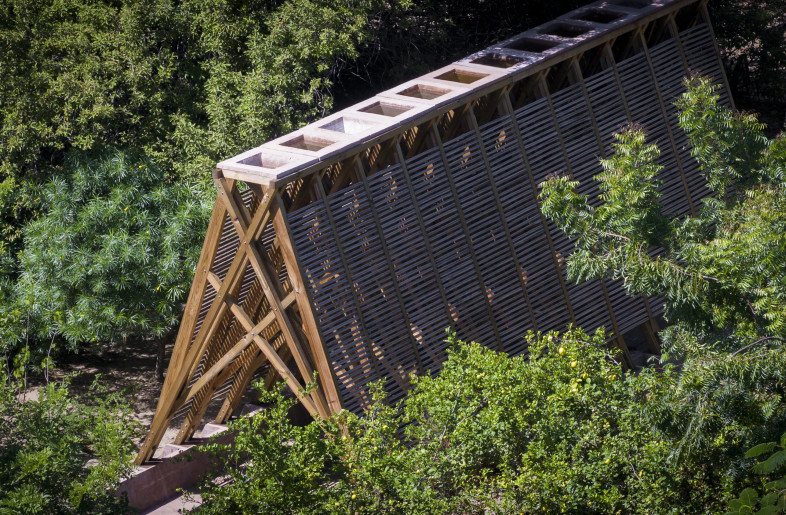











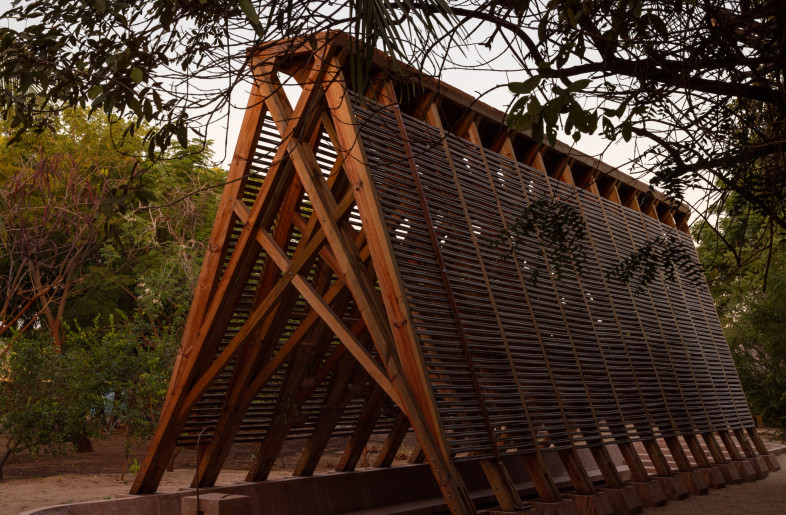



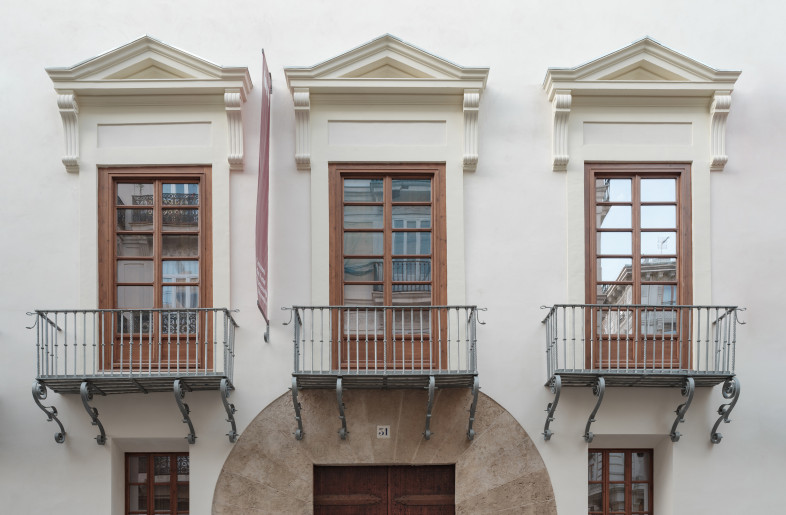
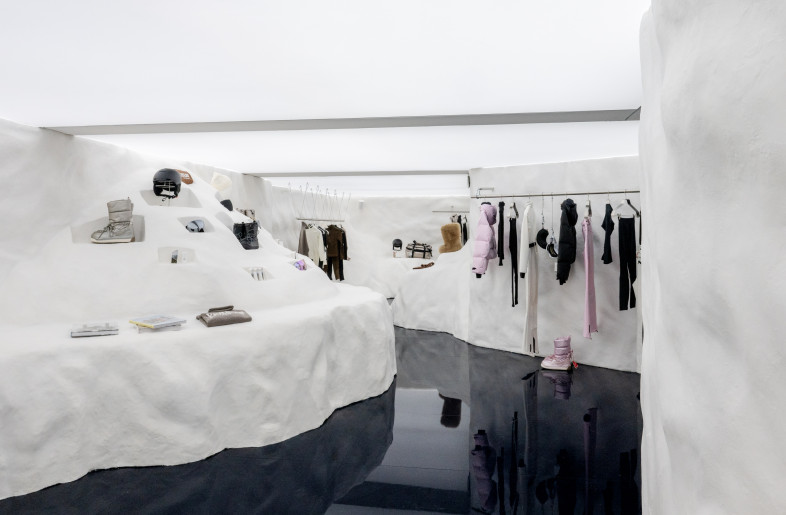
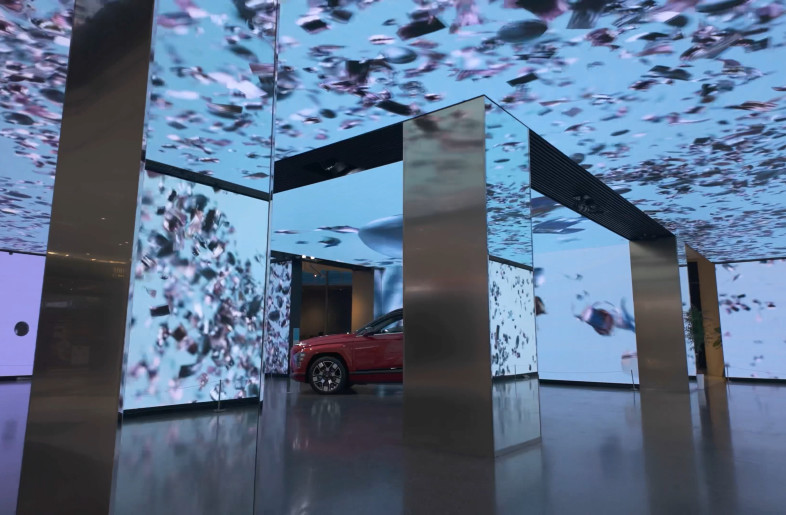
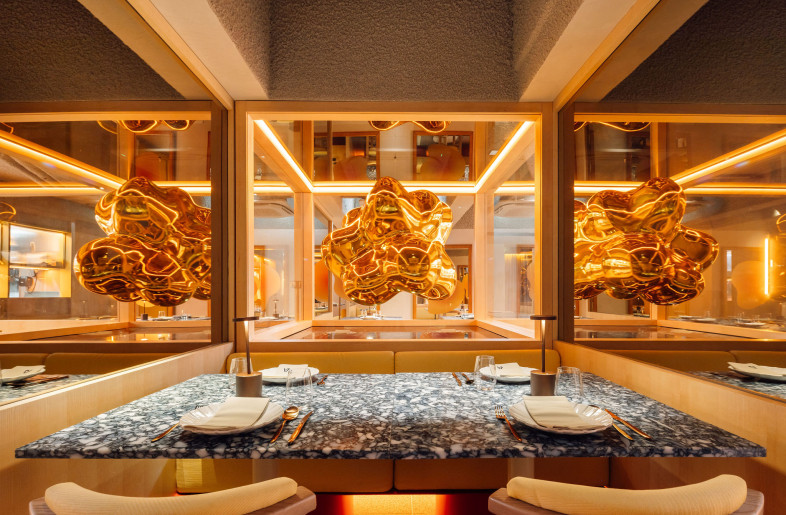
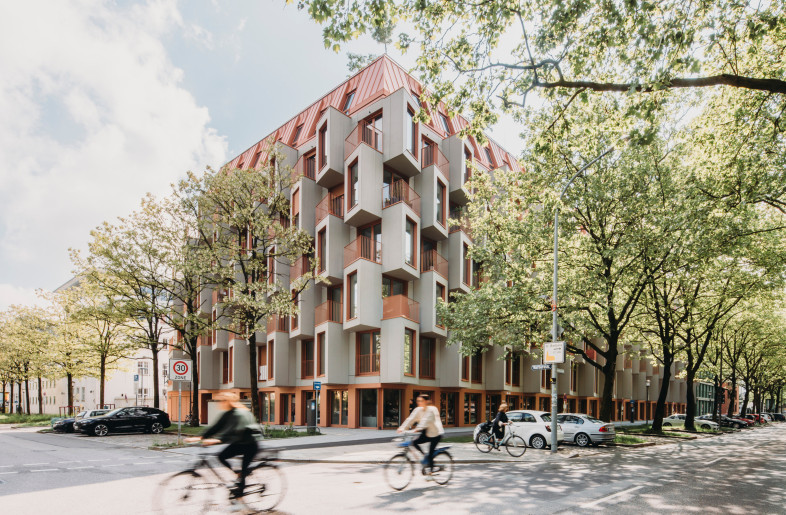
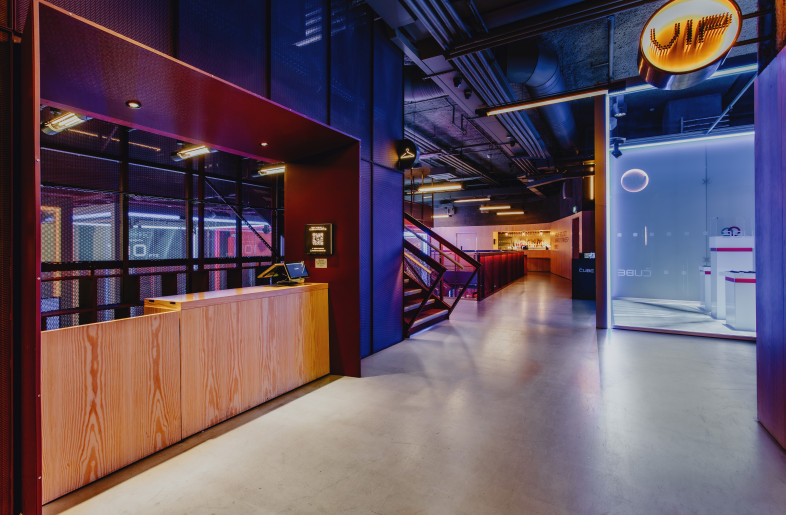
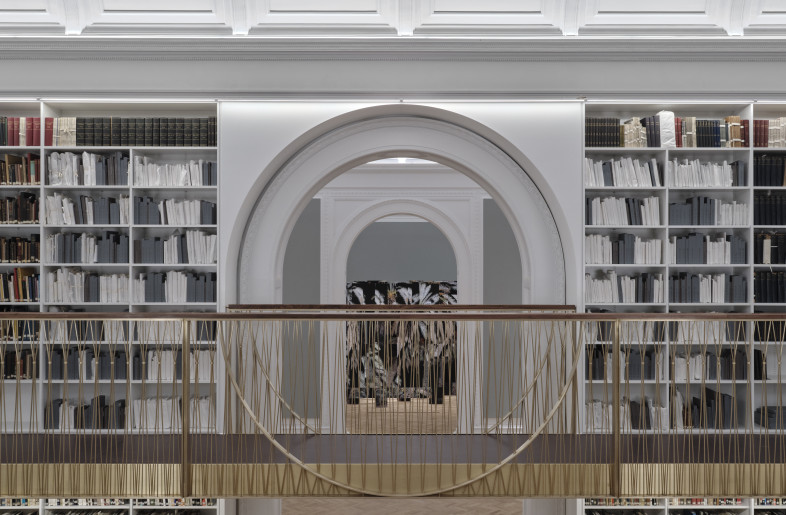

-thumb.jpg)
